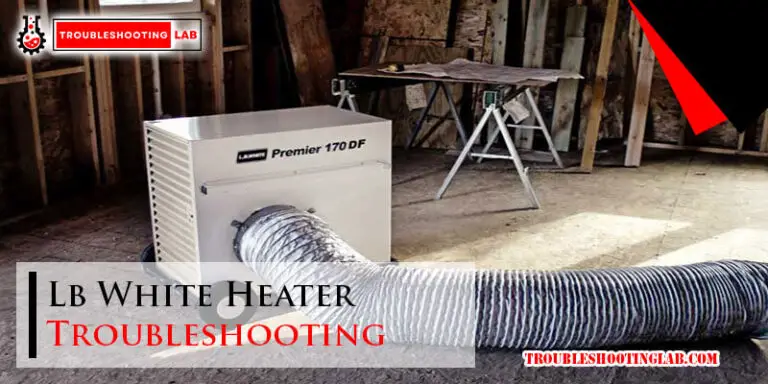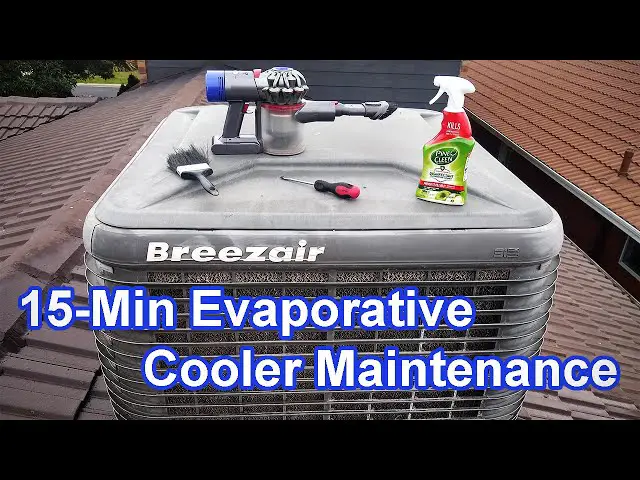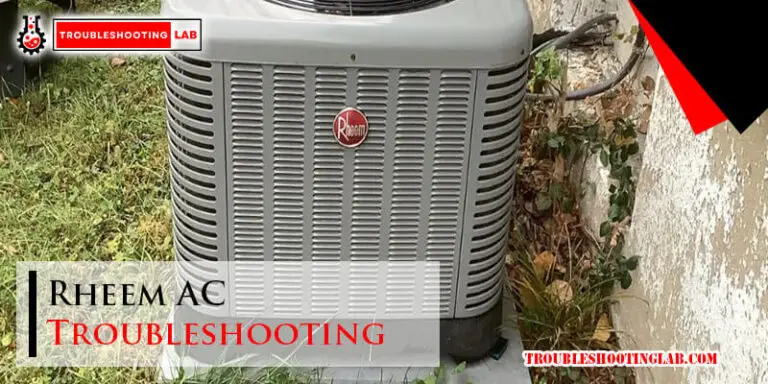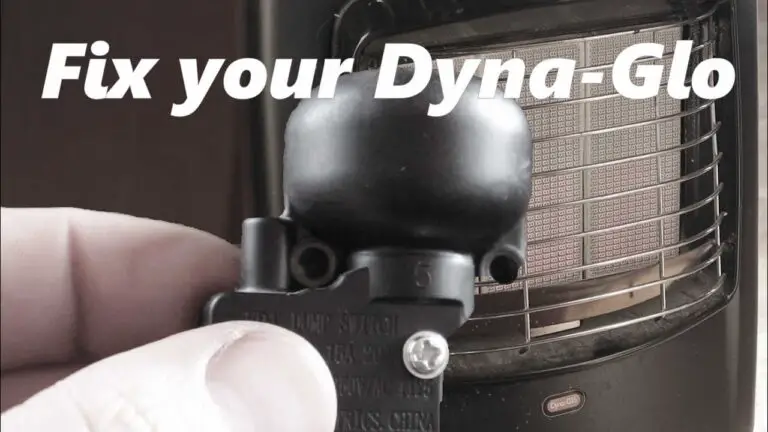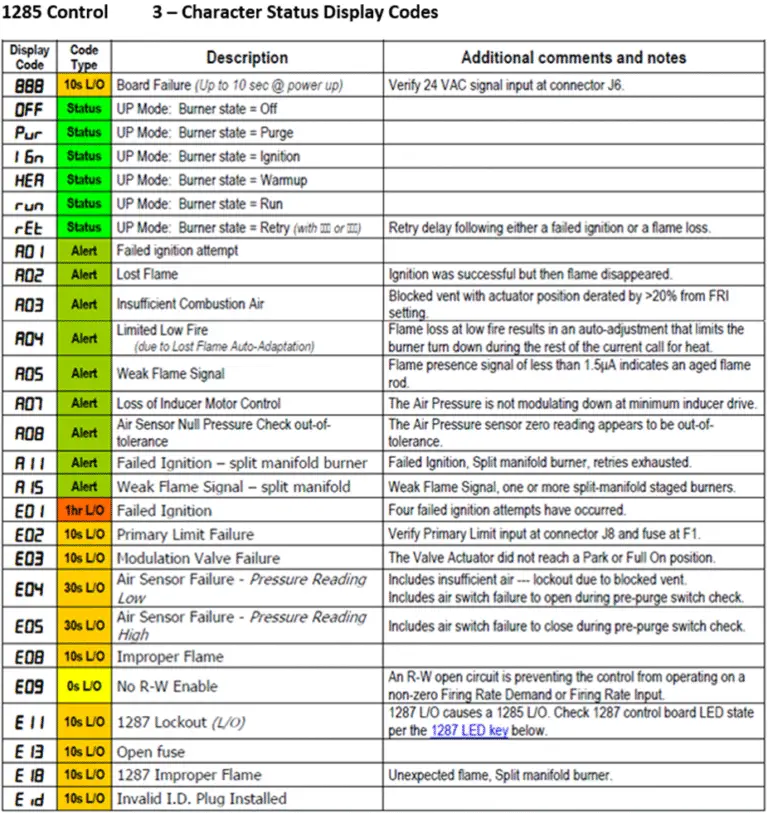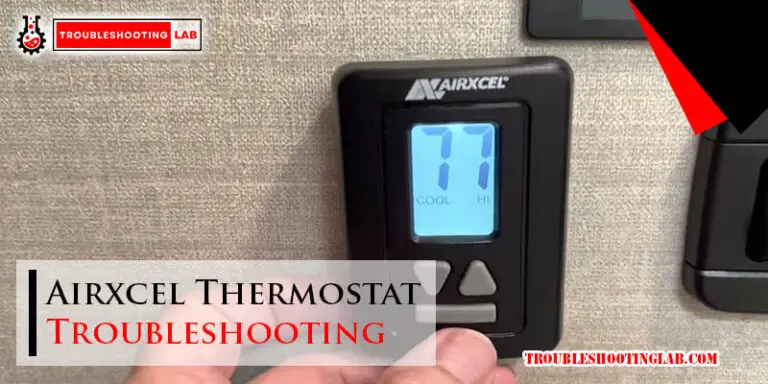410A Troubleshooting Chart: Your Ultimate Problem Solver
Are you struggling with issues related to your 410A refrigerant system? Don’t worry—you’re not alone.
Whether it’s inconsistent cooling, frost buildup, or a sudden spike in energy bills, these problems can leave you feeling frustrated and unsure of what to do next. That’s where a 410A troubleshooting chart becomes your ultimate tool. This easy-to-follow guide can save you time, money, and unnecessary headaches by helping you pinpoint the exact problem and its solution.
In this post, we’ll break it all down in a way that’s simple, practical, and tailored to your needs. Stick around, because by the end of this article, you’ll feel more confident in tackling your 410A system issues—no guesswork required!
Common Issues With 410a Systems
Understanding common issues with 410A systems is essential for effective troubleshooting. These systems are widely used in air conditioning units for their efficiency. Yet, they can face problems that affect performance and lifespan. Recognizing these issues early can save time and costly repairs.
Low Refrigerant Levels
Low refrigerant levels often lead to inefficient cooling. This issue usually occurs due to leaks in the system. Leaks may develop in the coils, connections, or refrigerant lines. You might notice longer cooling cycles or warm air from vents. Identifying and fixing leaks promptly is crucial. Ignoring this can strain the compressor and increase utility bills.
High Refrigerant Pressure
High refrigerant pressure can damage the system over time. This issue might result from overcharging the system with refrigerant. Blockages in the refrigerant lines can also cause this problem. Symptoms include unusual noises or system shutdowns. Regular maintenance can help prevent these complications.
Frozen Evaporator Coils
Frozen evaporator coils often occur due to restricted airflow. Dirty air filters or blocked vents can lead to this issue. It can also be caused by low refrigerant levels. Ice buildup on the coils reduces cooling efficiency. If ignored, it may damage other system components.
Compressor Failure
Compressor failure is one of the most serious issues in 410A systems. It can result from electrical problems, overheating, or low refrigerant levels. A failing compressor may produce loud noises or fail to start. Replacing a compressor can be expensive, so regular system checks are important.
Signs Of Refrigerant Problems
Refrigerant problems can disrupt the performance of your HVAC system and leave you dealing with uncomfortable temperatures or costly repairs. Recognizing the warning signs early can save you time, money, and frustration. Below, we’ll break down some common indicators of refrigerant issues so you can act quickly and keep your system running smoothly.
Warm Air From Vents
Is your air conditioner blowing warm air instead of cool? This is often one of the first signs of refrigerant problems. Low refrigerant levels mean your system can’t effectively cool your home. Check your vents—if warm air persists, it’s time to investigate your refrigerant levels.
If you’ve ever experienced this, you know how frustrating it can be during peak summer heat. Don’t wait until the issue worsens. A quick inspection can prevent long-term damage to your system.
Unusual Noises
Strange noises like hissing or bubbling near your unit can signal refrigerant leaks. Hissing usually indicates escaping refrigerant from a small hole, while bubbling may mean air is trapped in the lines. These sounds are not normal and shouldn’t be ignored.
Ask yourself—when was the last time you paid attention to how your system sounds? A simple listen could reveal a problem that’s been quietly growing. Identifying these noises early can save you from expensive repairs later.
Leaking Refrigerant Lines
Visible leaks around refrigerant lines or connections are a definite red flag. Refrigerant is a liquid when contained, so look for puddles near your HVAC unit. A leak not only affects cooling performance but can also harm the environment.
Sometimes leaks aren’t obvious until you inspect closely. Have you checked your unit recently? A small leak today can turn into a major issue tomorrow. Don’t hesitate to call a technician if you notice moisture or oily residue near the lines.
Fluctuating Indoor Temperatures
Are certain rooms cooler or warmer than others? Refrigerant problems often cause inconsistent cooling or heating. Your HVAC system relies on the right refrigerant levels to evenly distribute temperature throughout your home.
This issue can be particularly annoying during family gatherings or work-from-home days. If your thermostat settings seem ineffective, refrigerant imbalance might be the culprit. Addressing this promptly can restore comfort to every corner of your space.
Spotting these signs doesn’t require advanced expertise—just a little attention to detail. By staying alert to unusual symptoms, you can protect your HVAC system and maintain a comfortable home environment. What’s the most frustrating refrigerant problem you’ve encountered? Share your experience in the comments below!
Tools Needed For Troubleshooting
Having the right tools is essential for troubleshooting 410A systems. Proper tools ensure accurate diagnosis and efficient repairs. Each tool plays a specific role, helping to identify and resolve issues effectively. Below are the must-have tools for working with 410A systems.
Manifold Gauge Set
A manifold gauge set is crucial for checking refrigerant pressures. It helps monitor both high and low-pressure sides of the system. Choose a gauge set designed for 410A refrigerant. This ensures accurate readings and compatibility. Always verify that hoses and fittings are in good condition.
Digital Thermometer
A digital thermometer measures system temperatures with precision. Use it to check superheat and subcooling levels. Accurate temperature readings are vital for diagnosing system performance. Opt for a thermometer with a fast response time and easy-to-read display.
Leak Detector
A leak detector helps locate refrigerant leaks quickly. Even small leaks can impact system efficiency. Select a detector specifically designed for 410A refrigerant. Regularly check and maintain the tool to ensure reliable performance.
Vacuum Pump
A vacuum pump removes air and moisture from the system. Proper evacuation is critical before charging refrigerant. Use a pump with a suitable capacity for the system size. Ensure the pump oil is clean to maintain efficiency.

Steps For Identifying Issues
Proper troubleshooting of a 410A HVAC system is essential for efficient performance. Identifying issues early can prevent costly repairs and system downtime. This guide outlines key steps to diagnose problems effectively. Each step focuses on critical aspects of the system, ensuring a thorough inspection. By following these steps, you can pinpoint common issues and address them promptly.
Inspecting System Components
Begin by visually inspecting all system components for visible damage. Check the condenser, evaporator, and compressor for signs of wear. Look for loose connections, bent fins, or dirt accumulation on coils. Ensure that the fan blades move freely without obstruction. Pay attention to any unusual noises from the components.
Testing Refrigerant Pressure
Use a pressure gauge to test the refrigerant levels in the system. Compare the readings to the manufacturer’s recommended pressure range for 410A. Low pressure can indicate a refrigerant leak or restriction. High pressure may suggest an overcharge or a blockage in the system. Record the readings for further analysis.
Checking For Leaks
Inspect the system for refrigerant leaks using a leak detector. Focus on joints, fittings, and lines where leaks are common. Look for oil stains, as they often indicate refrigerant loss. Use soap solution on suspect areas to identify bubbles forming. Repair any leaks immediately to avoid further damage.
Assessing Electrical Connections
Examine all electrical connections and wiring for wear or damage. Look for burnt wires, loose terminals, or corroded connections. Test the capacitor, relays, and contactors for proper functionality. Use a multimeter to check voltage and continuity in the system. Ensure all connections are secure and free of rust.
Solutions For Frequent Problems
Understanding common issues with 410A refrigerant systems can save time and money. This section focuses on practical solutions for frequent problems. Fixing these issues ensures your system works efficiently, avoiding costly repairs. Below are proven methods to troubleshoot and resolve common challenges.
Recharging Refrigerant
Low refrigerant levels can cause poor cooling performance. First, identify leaks using an electronic leak detector or UV dye. After fixing leaks, recharge the system to its correct pressure. Always follow the manufacturer’s guidelines for accurate readings. Use proper tools to prevent overcharging or undercharging.
Replacing Damaged Coils
Damaged coils reduce heat exchange efficiency, affecting system performance. Inspect both evaporator and condenser coils for visible signs of damage. Bent fins, corrosion, or punctures often require replacement. Use a coil replacement kit to ensure compatibility. Check the coil installation for tight connections and proper alignment.
Fixing Compressor Issues
A faulty compressor can cause loud noises or cooling failure. Test the compressor with a multimeter to check electrical continuity. Replace the compressor if it shows signs of damage or wear. Ensure the new compressor matches your system specifications. Verify all electrical connections before restarting the system.
Repairing Refrigerant Leaks
Refrigerant leaks are common and affect system efficiency. Locate leaks using soap bubbles or electronic detectors. Seal small leaks with epoxy or specialized sealants. Replace damaged pipes or fittings for larger leaks. After repair, test the system for further leaks before recharging refrigerant.

Preventive Maintenance Tips
Proper maintenance extends the life of your 410A refrigerant system. It also ensures the system operates efficiently and reduces unexpected breakdowns. Regular care can prevent costly repairs and keep energy bills low. Below are practical maintenance tips to keep your system running smoothly.
Regular System Inspections
Inspect your HVAC system frequently to catch issues early. Look for unusual sounds, leaks, or changes in performance. Check connections, hoses, and wiring for wear or damage. Early detection can save you from expensive repairs.
Cleaning Coils And Filters
Dirty coils reduce system efficiency and lead to higher energy usage. Clean the evaporator and condenser coils at least twice a year. Replace air filters every 1-3 months to maintain airflow. Clean filters also improve indoor air quality.
Monitoring Refrigerant Levels
Low refrigerant levels indicate leaks or improper charging. Check refrigerant levels during inspections to ensure the system runs effectively. Incorrect levels can cause poor cooling and strain the compressor.
Scheduling Professional Tune-ups
Hire a certified technician for annual tune-ups. Professionals can identify hidden issues and optimize system performance. Regular servicing ensures your 410A system stays in top condition.
When To Call A Professional
Sometimes, troubleshooting your HVAC system on your own can only take you so far. While basic fixes like checking filters or resetting the thermostat are manageable, certain issues demand professional expertise. Knowing when to step back and call an expert can save you time, money, and prevent bigger headaches down the road.
Persistent System Failures
If your system repeatedly shuts down or fails to cool properly despite your troubleshooting efforts, it’s time to call a technician. Persistent failures can point to deeper issues, such as electrical malfunctions or blocked components that require professional tools to diagnose. Ignoring these symptoms can lead to costly damage or even a complete system breakdown.
Extensive Refrigerant Leaks
Refrigerant leaks are not just bad for your system—they’re also harmful to the environment. If you notice refrigerant pooling near your unit or your cooling performance drops drastically, don’t try to fix this on your own. Professionals are equipped to safely handle refrigerant and locate the source of the leak without damaging your system further.
Unusual Compressor Noises
A noisy compressor is often a cry for help from your HVAC system. Clicking, buzzing, or rattling sounds can signal anything from loose components to failing internal parts. Attempting to fix this yourself could cause more harm than good. Let an experienced technician pinpoint the issue and restore your system’s health.
Repeated Error Codes
Your unit’s error codes are designed to alert you to specific problems. However, if the same error keeps popping up after you’ve tried to resolve it, it’s likely a complex issue that requires professional attention. Ignoring repeated error codes can lead to inefficiency, higher energy bills, or permanent damage. Why risk it?
When was the last time you called a professional for your HVAC system? If any of these scenarios sound familiar, it might be time to make that call before minor issues escalate into major problems.

Frequently Asked Questions
What Is A 410a Troubleshooting Chart Used For?
A 410A troubleshooting chart helps diagnose issues in HVAC systems using R-410A refrigerant. It identifies common problems and suggests solutions.
How Do I Check For 410a Refrigerant Leaks?
Use a refrigerant leak detector or soap solution to find leaks. Inspect connections, coils, and fittings carefully.
What Are Common 410a System Issues?
Common issues include refrigerant leaks, compressor failure, improper installation, and incorrect pressure readings in the system.
How Do I Read 410a Pressure Levels?
Use a pressure gauge to measure suction and discharge pressures. Compare readings with recommended values on the troubleshooting chart.
Conclusion
A 410A troubleshooting chart is a handy tool for HVAC maintenance. It simplifies problem-solving by breaking down issues and solutions step by step. Regular system checks and proper care ensure better performance and longevity. Always follow safety guidelines and consult a professional if needed.
Small efforts in maintenance can prevent costly repairs and downtime. Use the chart as a guide but trust your expertise too. Troubleshooting gets easier with practice and attention to detail. Keep your system running smoothly with consistent care.

